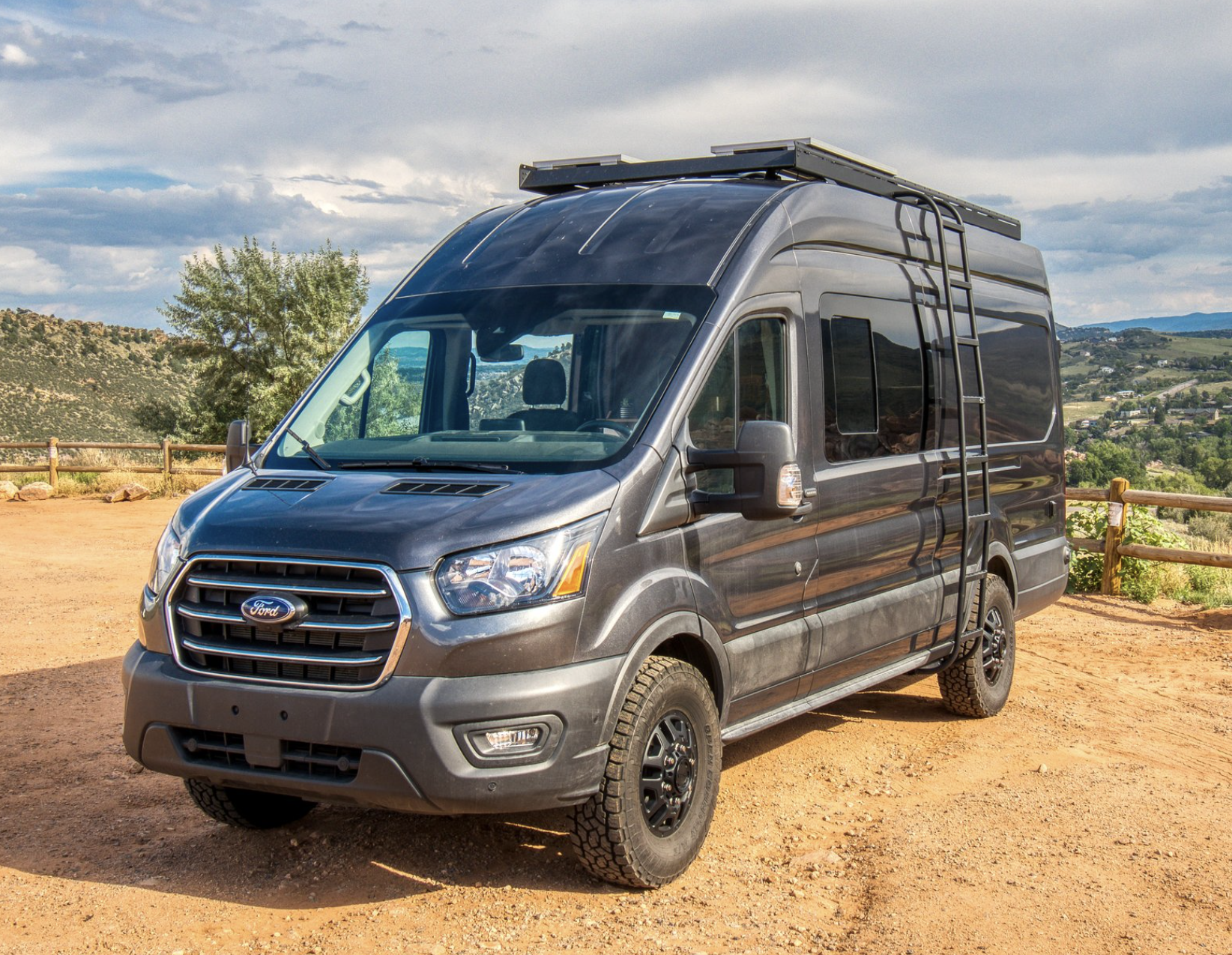Which heater is best for vanlife?
Imagine a day of winter activities and returning to a warm van for apres!
This is part 1 of our heater education series.
The warm and fuzzies
Adding a heater to your van is a great way to extend your van season. At Vanlife Customs we install, service and repair Espar and Webasto Air and Hydronic heaters. Here’s the information you need to make the right choice when it comes to installing a heater in your van.
Are diesel & gasoline heaters safe?
The Espar Airtronic and Webasto Air Top heaters are an internal combustion system. The system pumps fuel from you vehicle’s tank to the heater where it is ignited using a glow pin. Combustion air and exhaust fumes are routed in and out through the floor of your van. Cabin air is circulated over the heating element using an integrated blower motor.
Combustion is in a sealed chamber and the heaters have a multitude of safety features to shut them down if they sense an issue.
We recommend installing a carbon monoxide detector in any vehicle with an aftermarket heater.
Which heater is best for your Sprinter, Transit or ProMaster?
Diesel Heaters
The diesel heaters have been used for years in commercial applications such as semi truck sleeper cabs and busses. Historically the diesel heaters have been more robust and tend to have less problems. They operate at higher elevations reliably. Later generation heaters from Espar and Webasto are equipped with automatic altitude compensation. A potential drawback to diesel is that in extremely cold temperatures, the fuel will gel and this can cause failures to start.
Gasoline Heaters
In recent years the availability of gasoline (benzine) heaters has increased. Espar and Webasto are both producing a reliable gasoline heater in the 2KW and 4KW platform which have altitude compensation either automatically or with manual adjustment. We have found that the gasoline heaters tend to be more temperamental due to the volatility and cavitation properties of gasoline.
How many kilowatts or BTUs do I need to heat my van?
A 2KW (6,800BTU) heater is more than enough to heat a well insulated long or short Sprinter, Transit or ProMaster van. If you van has a lot of windows or, i.e. a passenger van, or is an extended length and you plan to spend much of your time in freezing temperatures, then a 4KW Heater may be a better choice.
We recommend the 2KW heaters in 95% of the vehicles that come into our shop. These air heaters run best when they are working hard. An oversized heater may cycle on and off more often and this creates scenarios that cause carbon buildup and lead to failed starts.
Air Heater Install Considerations
All heaters should be installed directly to the metal van floor and do require holes to be cut through the floor. If you have a finished floor where you would like your heater installed, the flooring must be cut away where the heater will sit. For this reason we recommend installation under the passenger seat if possible, or inside of a cabinet/storage box with ducting run to vents at desired locations.
Espar and Webasto heater installation considerations by vehicle
-
The typical installation location in a Mercedes Sprinter is under the passenger seat. This configuration works with or without factory swivels. If the factory auxiliary batteries are installed in that location, the heater can be installed in any place where there is clear access to the floor of the van from under the van.
Mercedes provides a factory installed auxiliary fuel tap that works well for the installation of a heater.
-
The typical installation location in a Ford Transit is under the passenger seat. This configuration works with or without factory swivels. If the factory auxiliary batteries or auxiliary AC blower is installed in that location, the heater can be installed in any place where there is clear access to the floor of the van from under the van.
Ford provides a factory auxiliary fuel tap on the top of the fuel sender unit.The factory tap needs to be drilled out and the provided fuel line should be fed down into the tank and secured.
-
Ram stopped offering diesel vans in 2018. Most of the heaters we install are Gasoline. Both the diesel and gasoline heaters can be installed under the passenger seat except when equipped with factory seat swivels. The heater can be installed in any place where there is clear access to the floor of the van from under the van.
Ram provides an auxiliary fuel tap on top of the fuel tank. Access is between the driver and passenger seat under the floor. The factory tap needs to be drilled out and the provided fuel line should be fed down into the tank and secured.






